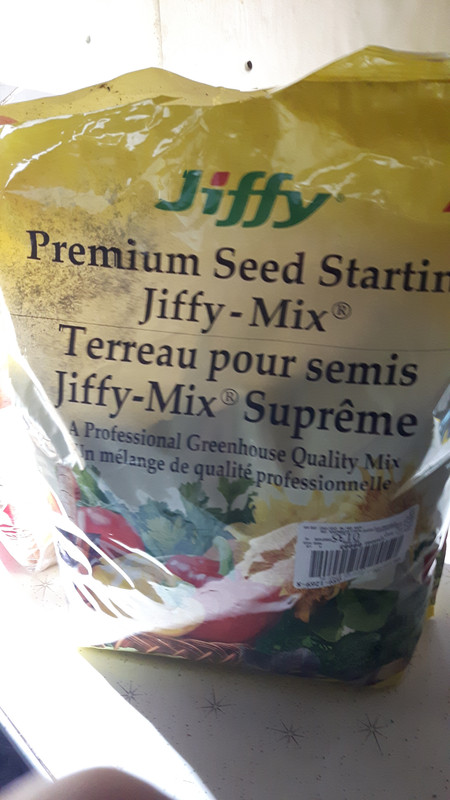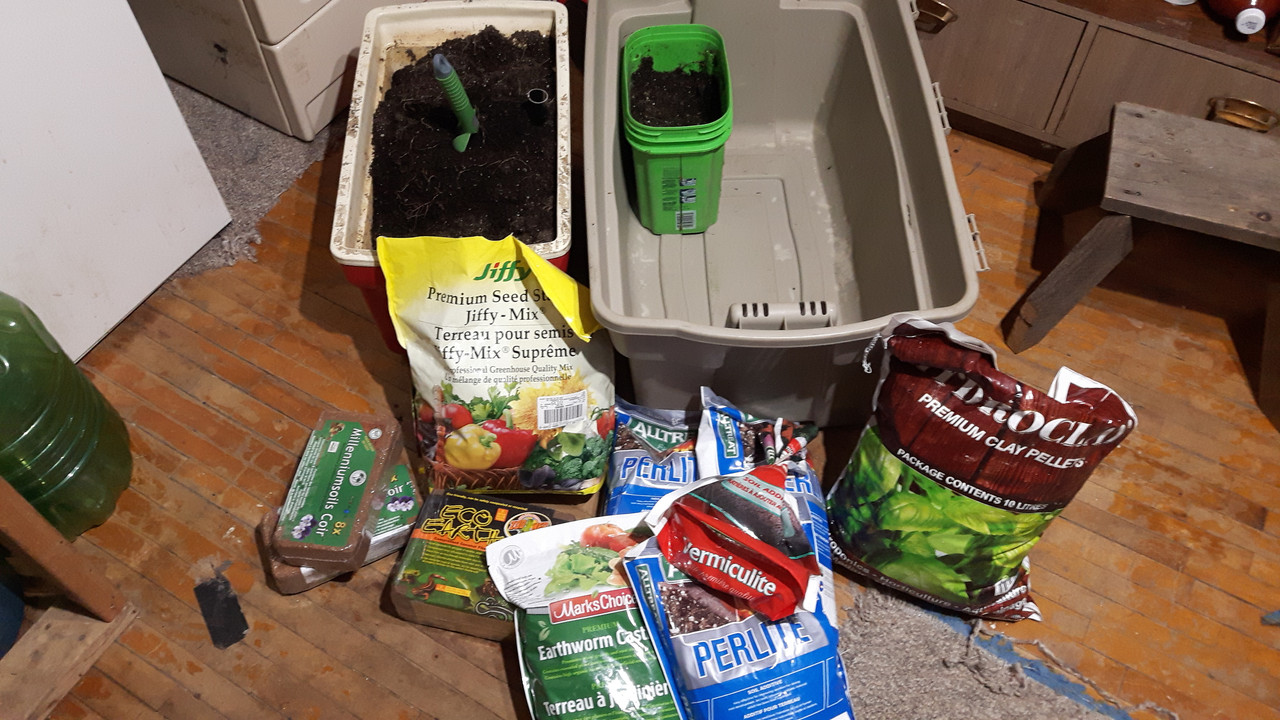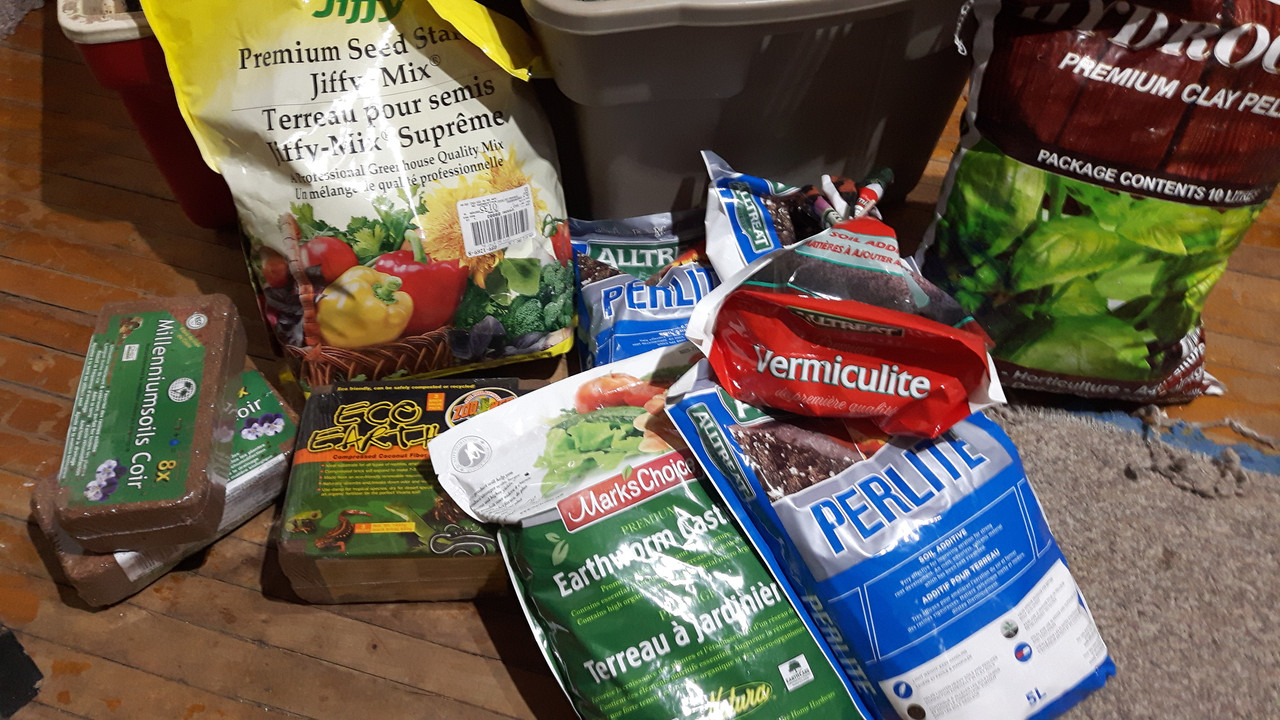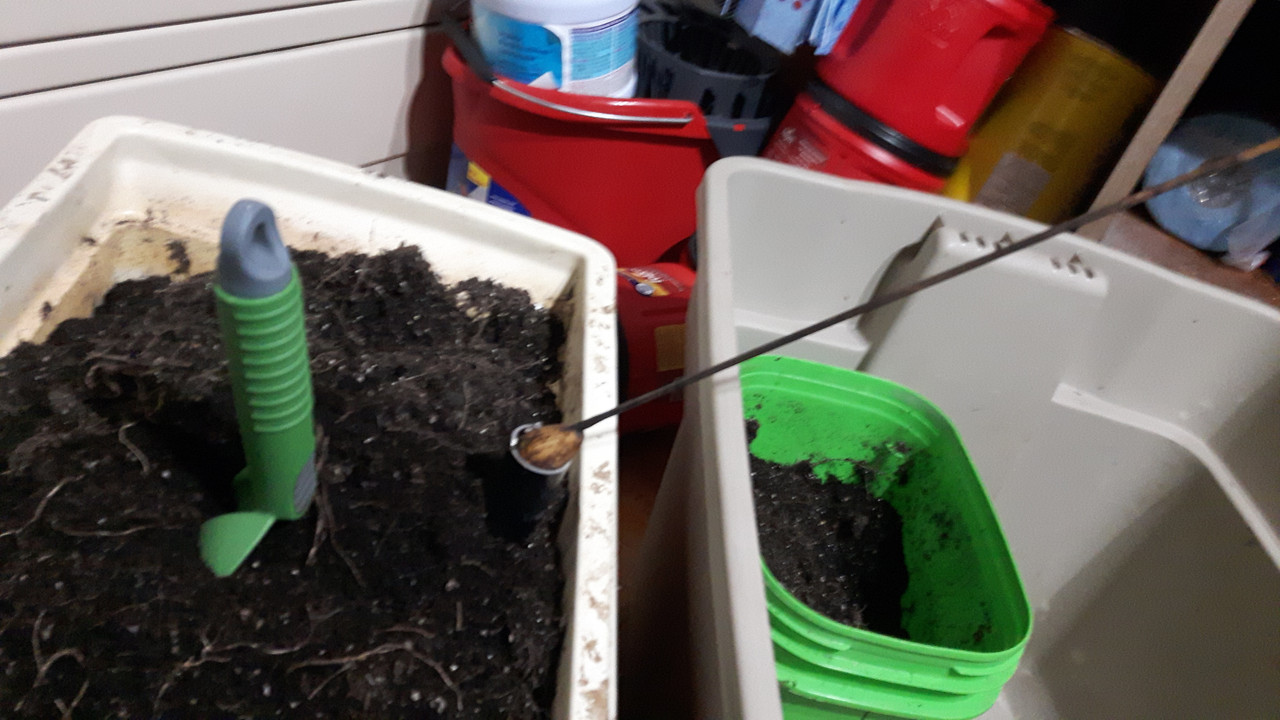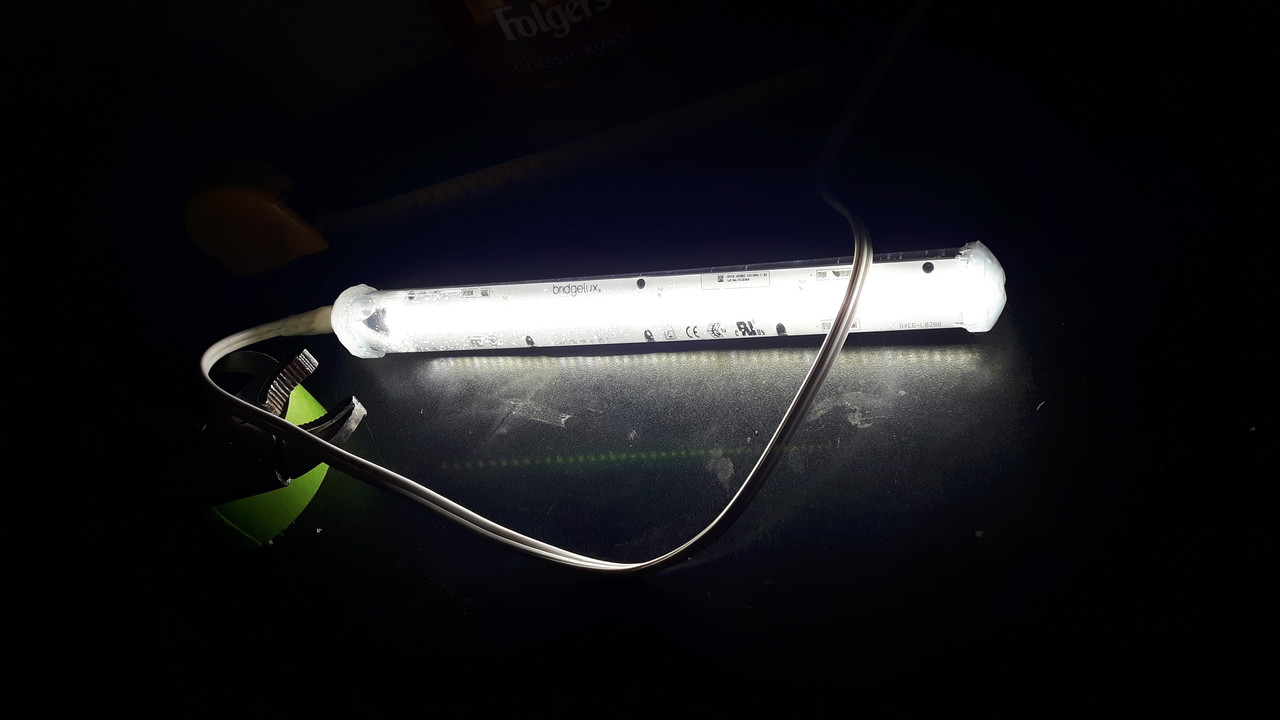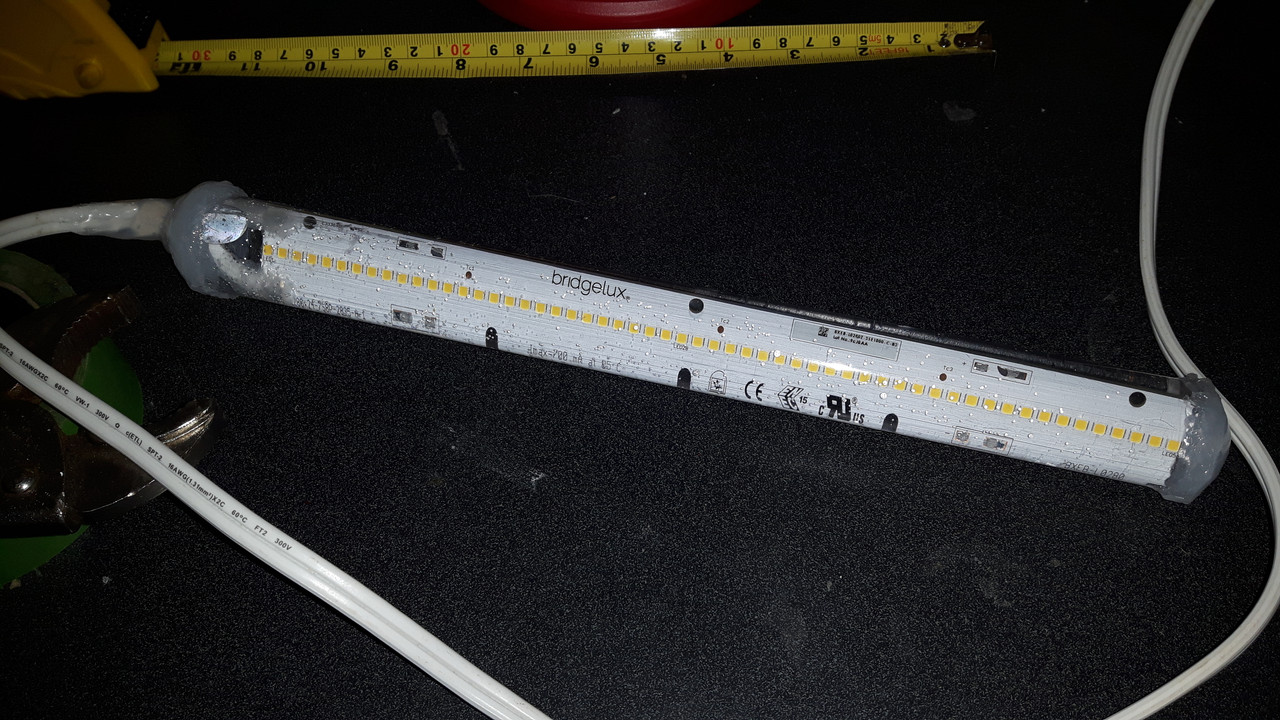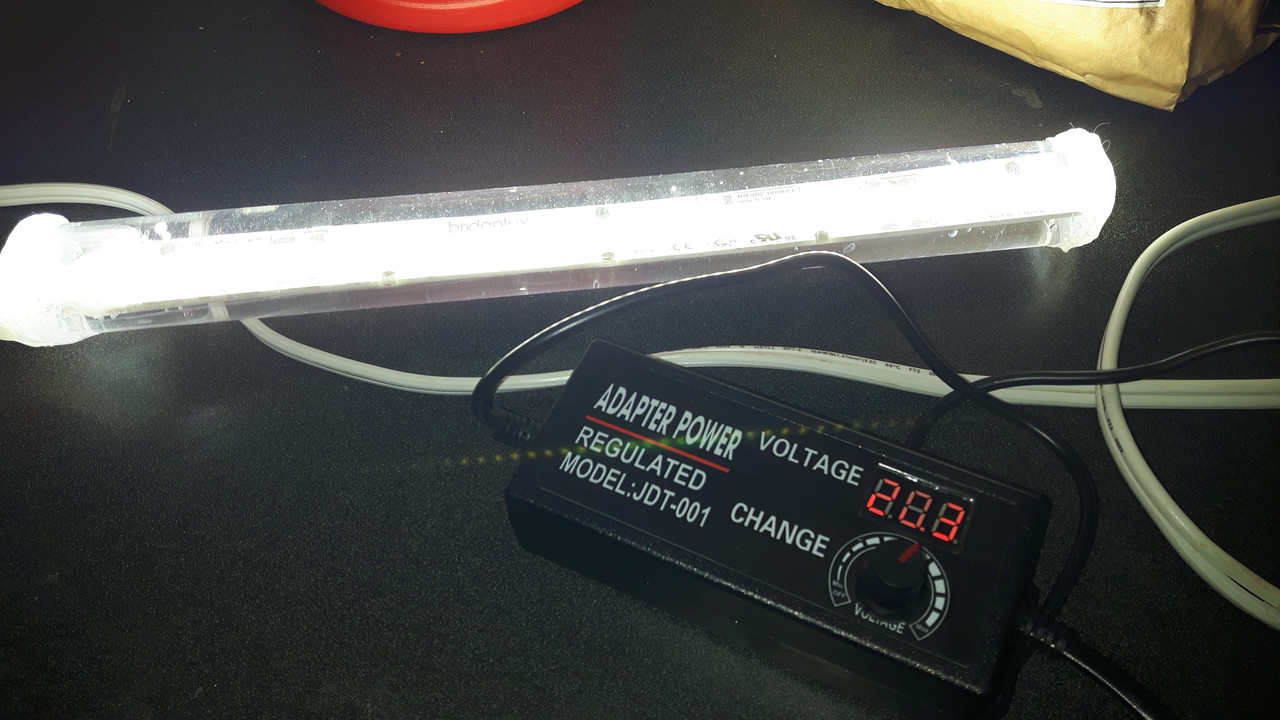PCBuds
Well-known member
Of course, I didn't read the directions on the soil bag first so I didn't pre-moisten the soil...
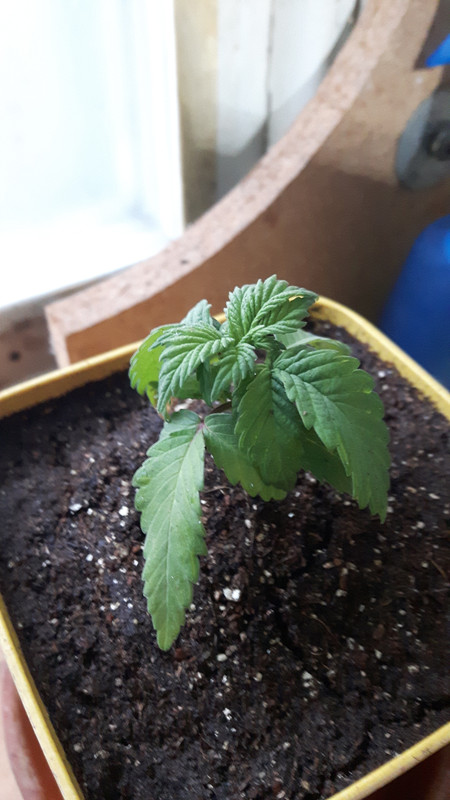

I watered it until it ran out the bottom so now to see if I can manage to just leave her alone and stop messing with her. Lol ��
I guess I could just keep her as a mother plant and maybe try to take a couple of clippings and try to grow a couple of clones outdoors next spring.
It would be good practice for me and I don't have to take it too seriously because my outdoor plants will probably get stolen anyway.
I could have my main plant in the closet and rest is just for fun and experimentation.


I watered it until it ran out the bottom so now to see if I can manage to just leave her alone and stop messing with her. Lol ��
I guess I could just keep her as a mother plant and maybe try to take a couple of clippings and try to grow a couple of clones outdoors next spring.
It would be good practice for me and I don't have to take it too seriously because my outdoor plants will probably get stolen anyway.
I could have my main plant in the closet and rest is just for fun and experimentation.
Last edited:

